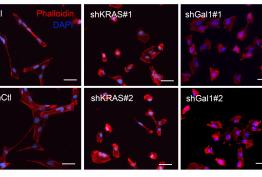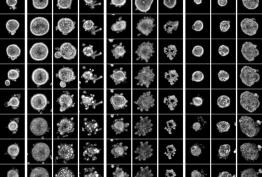Cholesterol, its accumulation in mitochondria in human fatty livers and correlation with graft failure, may represent a valuable tool to expand the pool of available organs for transplantation. Liver steatosis enhances ischemia/reperfusion (I/R) injury and is considered a primary factor in graft failure after liver transplantation. Liver transplantation is an effective treatment for chronic end stage liver disease and acute liver failure. The decreasing number or quality of organs available for transplantation represents a serious hurdle for this therapy, leading to the use of suboptimal- quality grafts, such as steatotic livers, which may compromise the overall success of liver transplantation. Our data indicate that cholesterol and its trafficking to mitochondria critically contribute to the susceptibility of fatty liver to I/R injury and that targeting may represent a previously unrecognized opportunity for a better option in liver transplantation. For details please see J. Hepatology, May;54(5):1002-1010 (2011)







